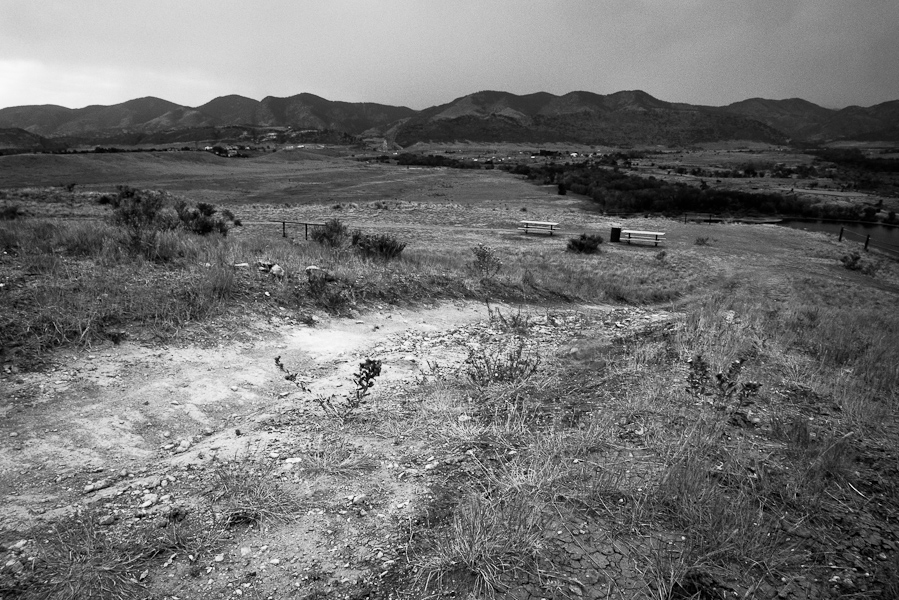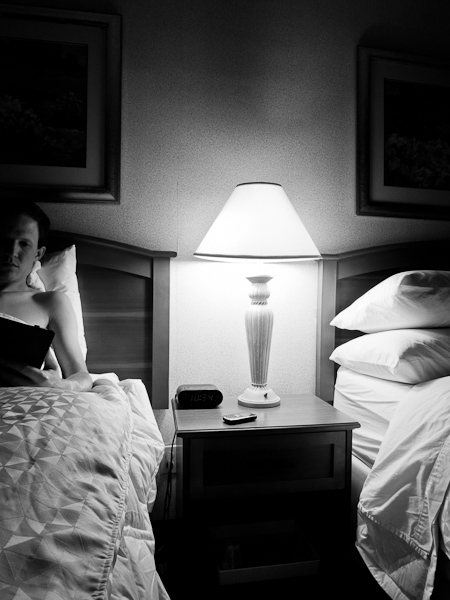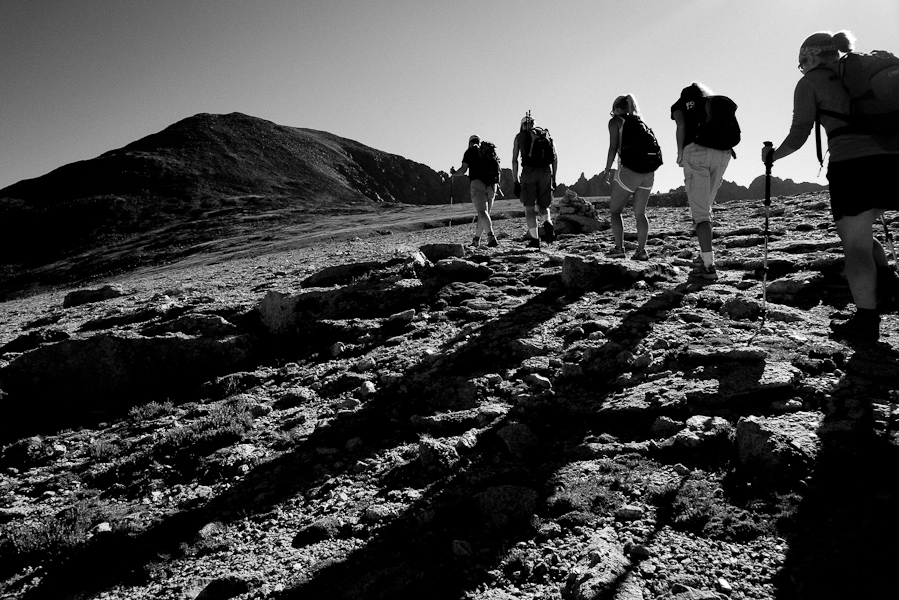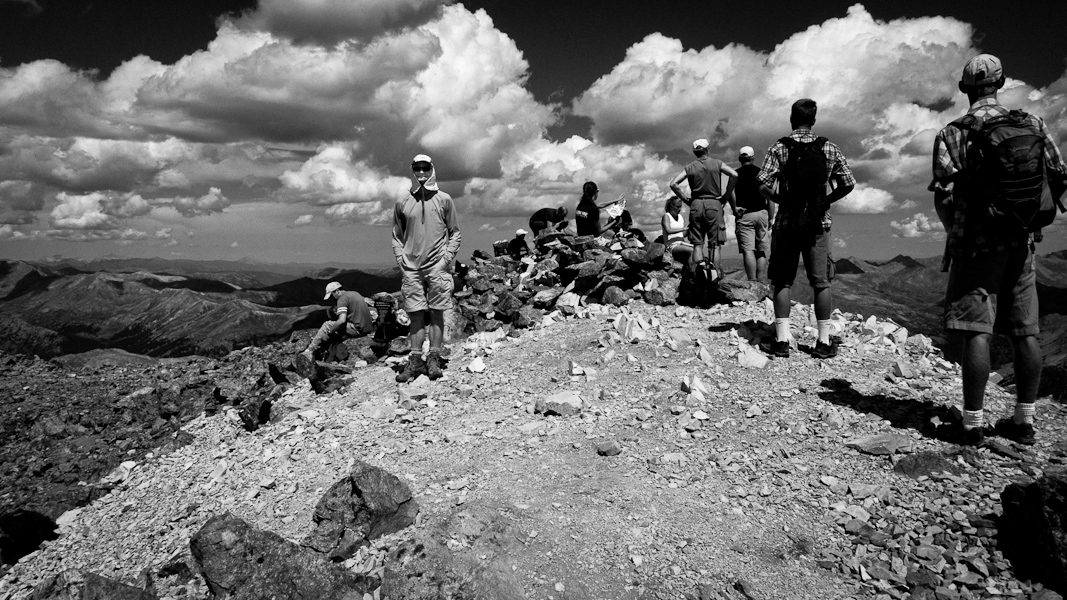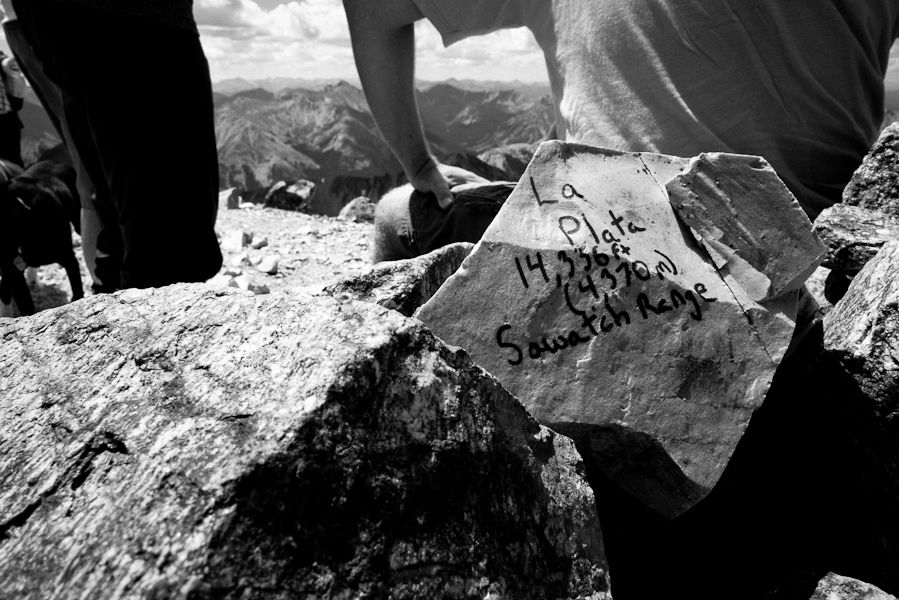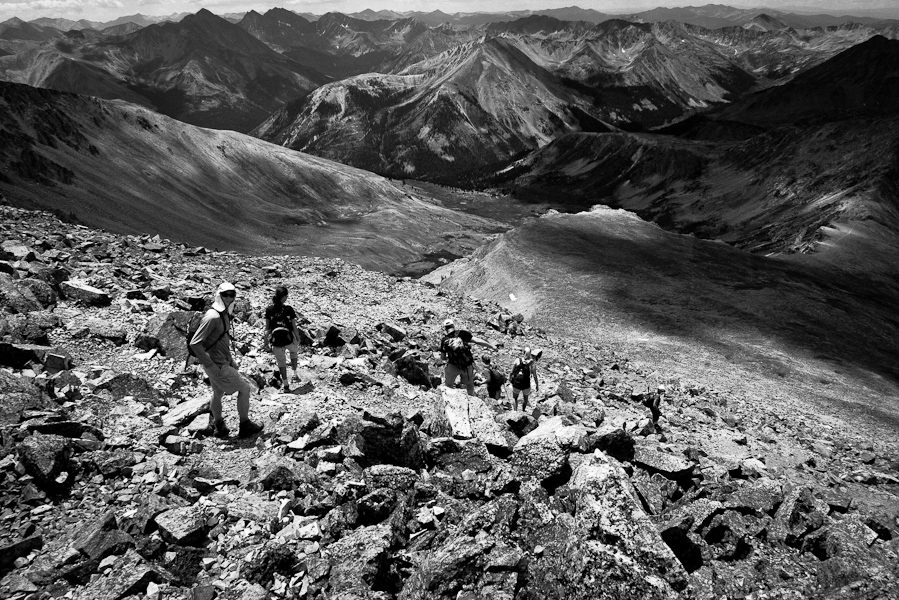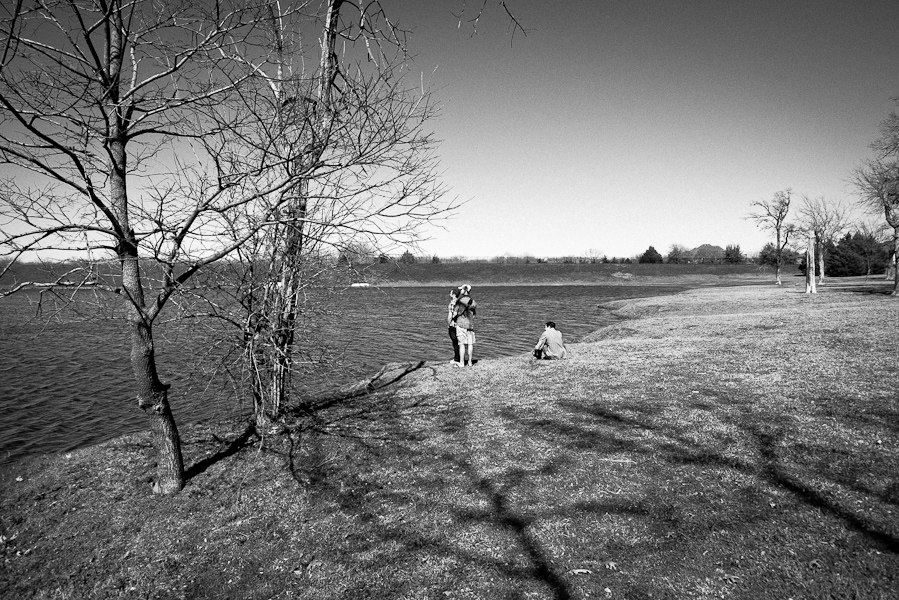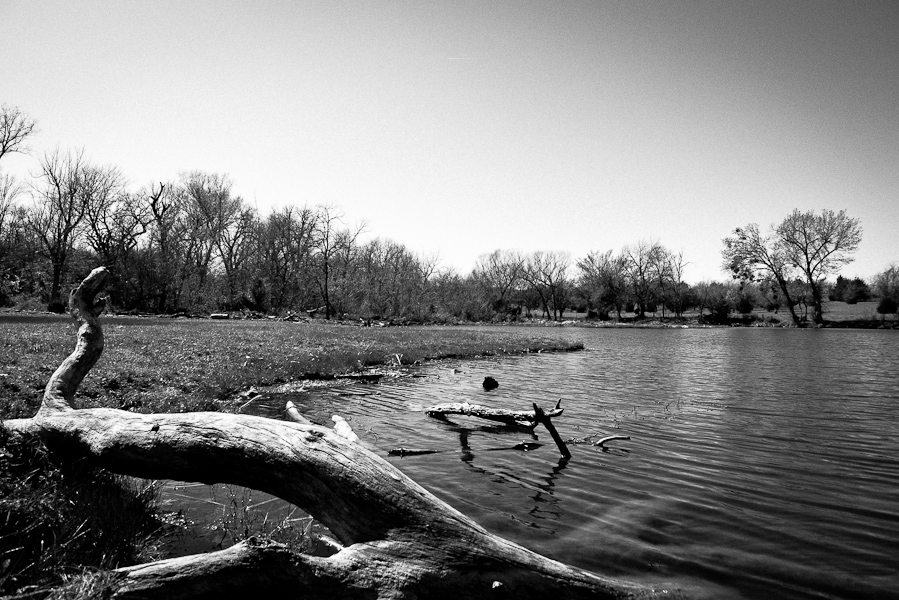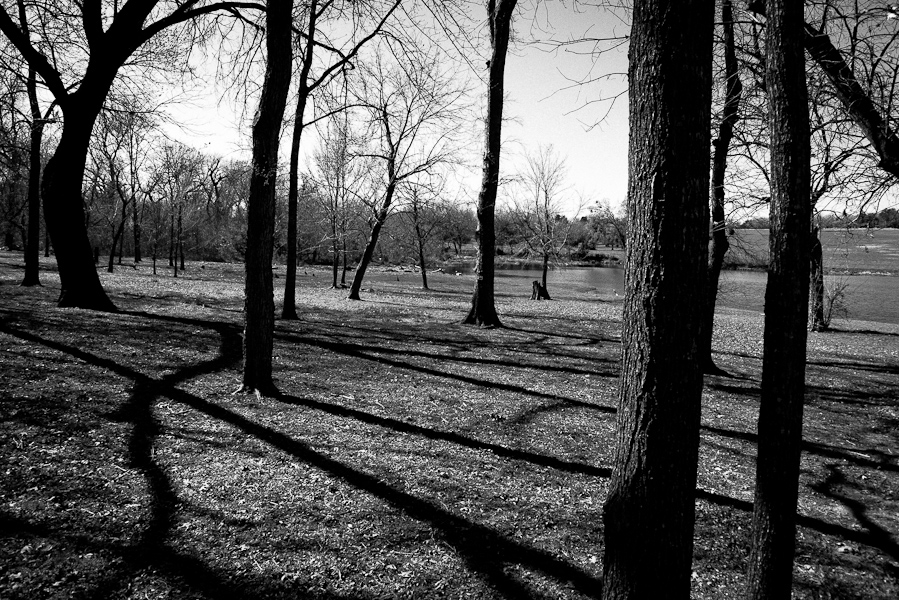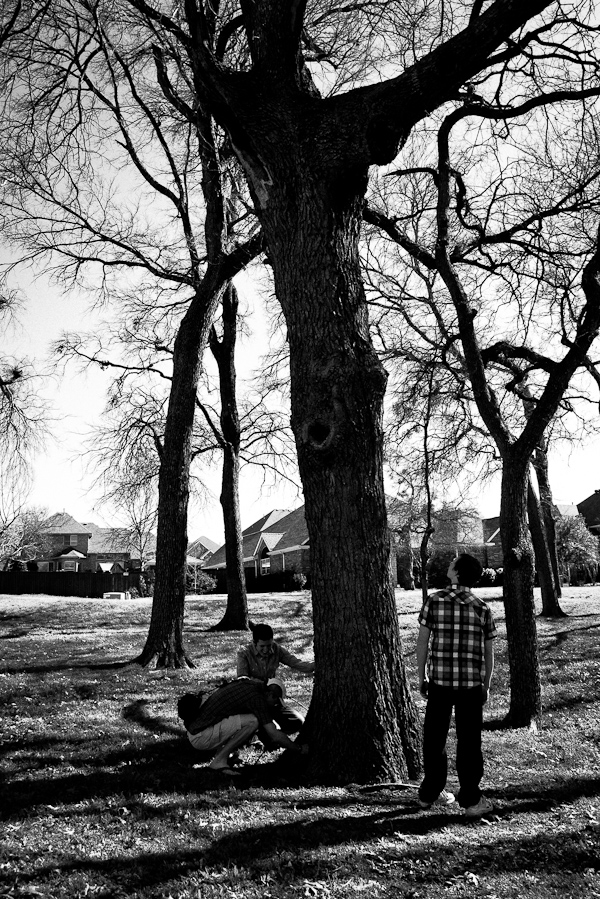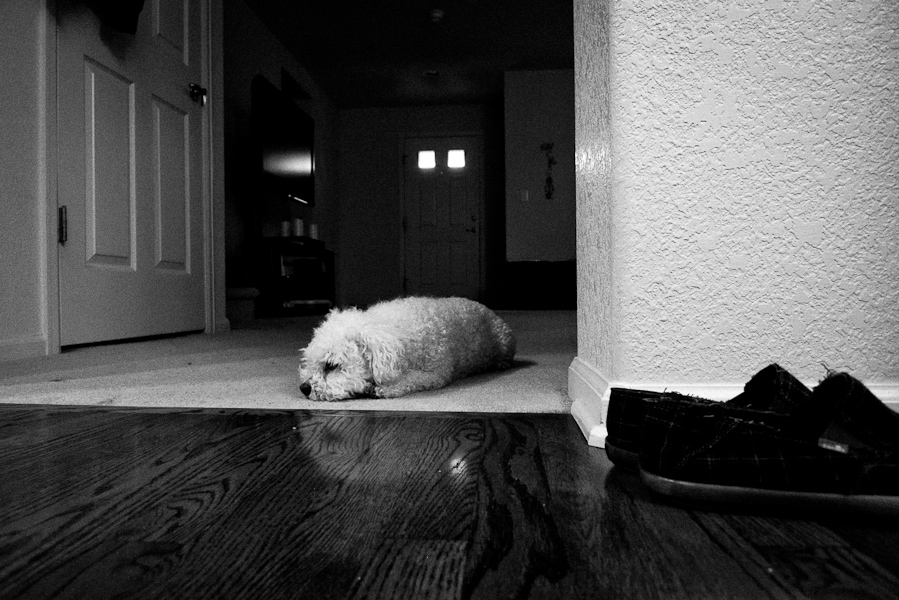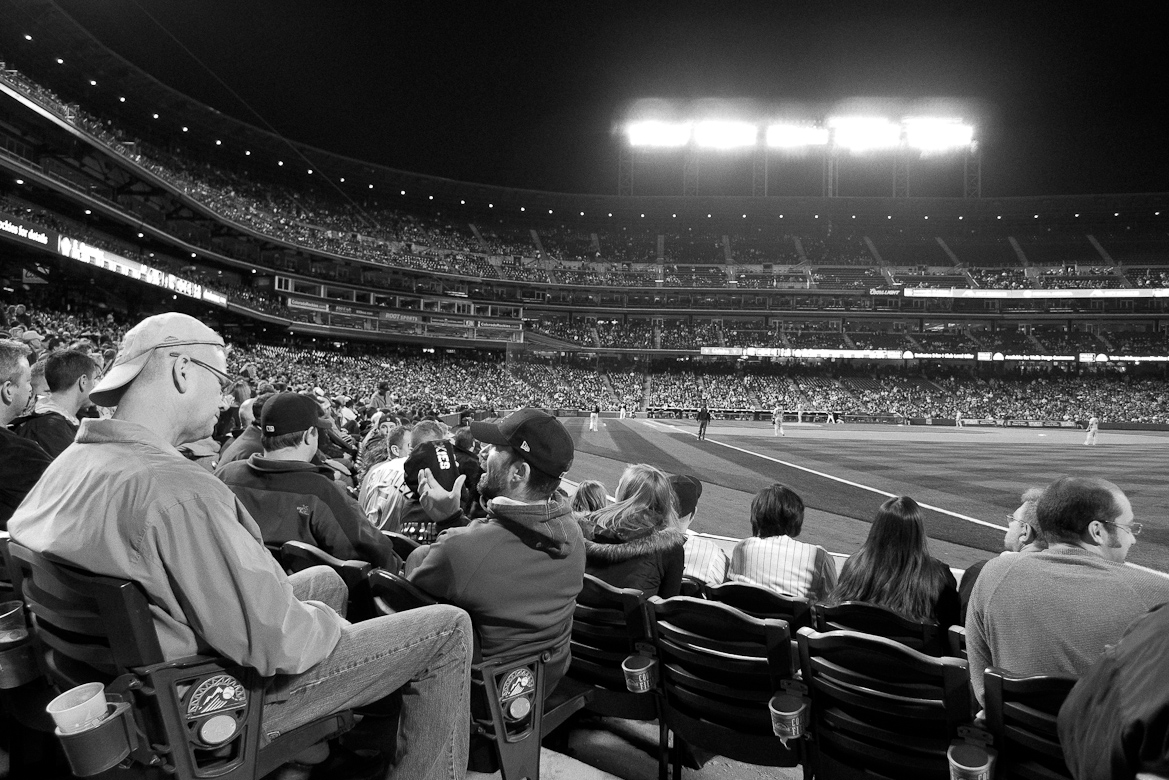If you are judging art, then you are missing the point.
I can’t remember where I read this, but it really helped me to understand some things about art, and to change the way I view it.
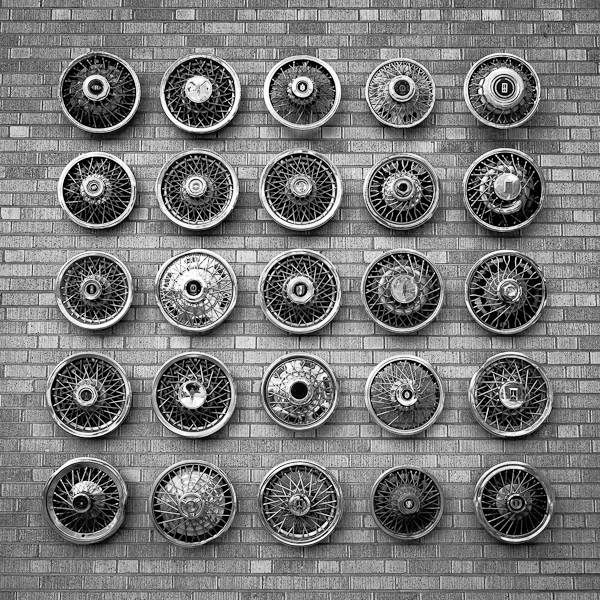
I value constructive criticism because I want to be a better photographer. But I am not sure there is a lot of value in comments like “it’s too light/dark/yellow”. What are you supposed to say to that? “Uh, thanks?”

Modern art is baffling to me. I stand in the gallery looking at what seems like graph paper painted onto canvas, and think “I don’t get it”.
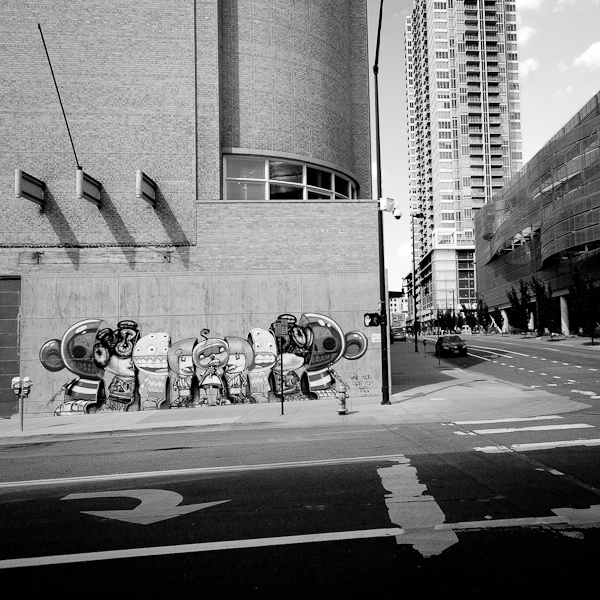
Once I decided there is nothing “to get” I discovered how much I can learn from other artists, even art that is not photography, just by looking at what they have made.
